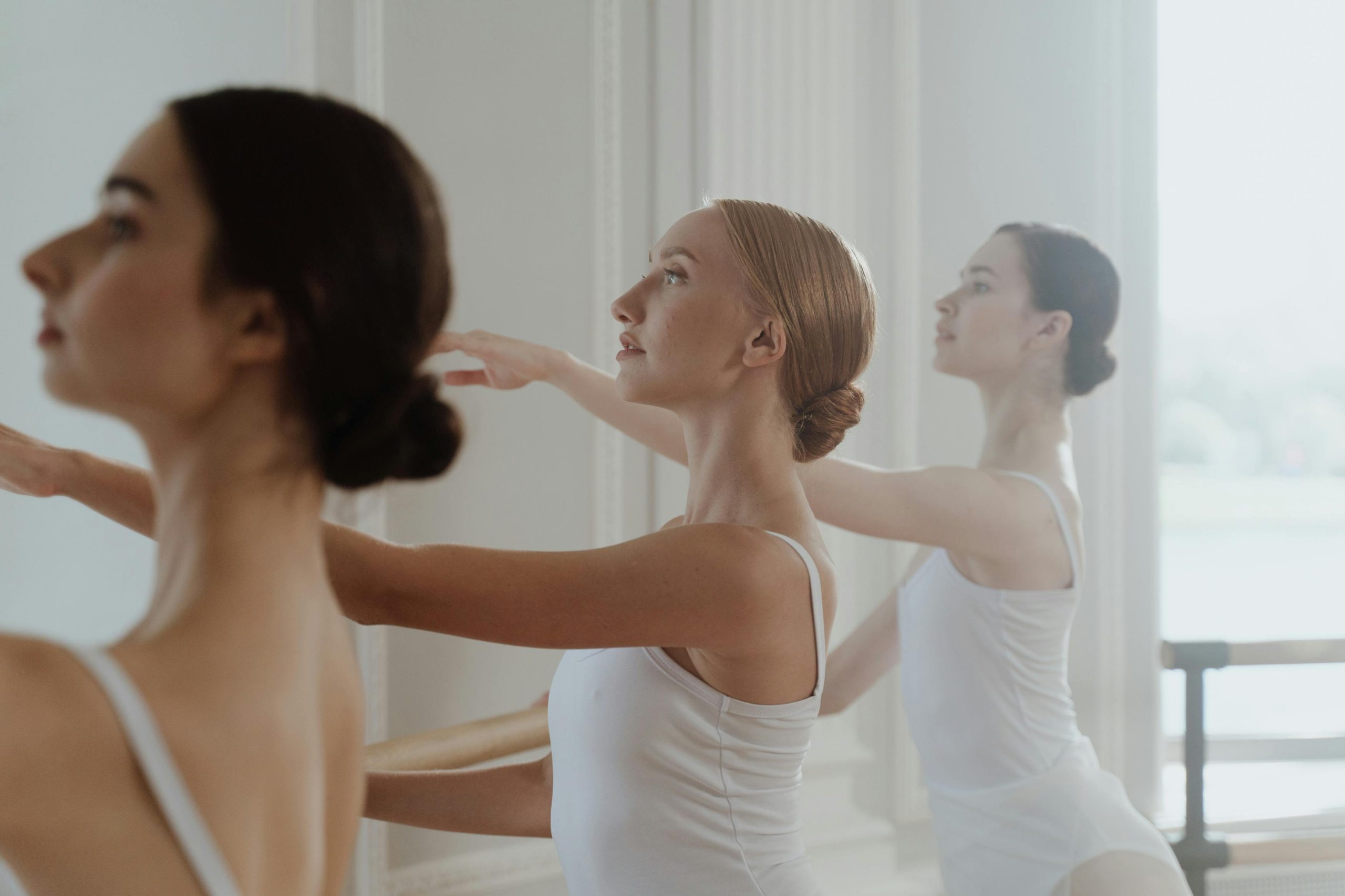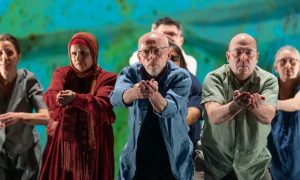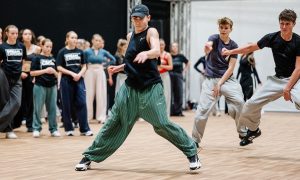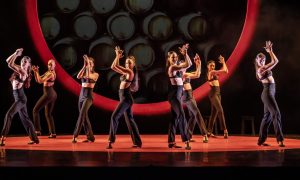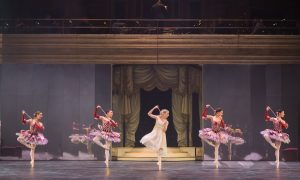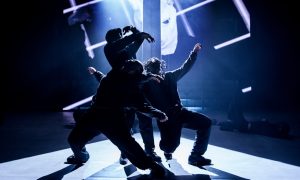Casting our minds back to the discombobulating year of 2020, teachers and dancers alike will remember dance education moving online. A steep ascent in technical learning and ability began in earnest, and I recall myself as a teacher getting to grips with scheduling, teaching and managing dance classes across a screen, as well as assisting students of all ages with their own technology! Examinations, too, in these unprecedented times also began to move online.
Though much of the world grew sick of looking at a screen during the 2020 lockdowns, there have been undeniable benefits in the dance world. Libby Hanley studied for her ISTD (Imperial Society of Teachers of Dancing) Licentiate Modern Exam completely remotely, then took the exam in person. “As I lived in such a remote location, this worked well for me, though I had to put a lot of work into managing my time and getting to courses.”
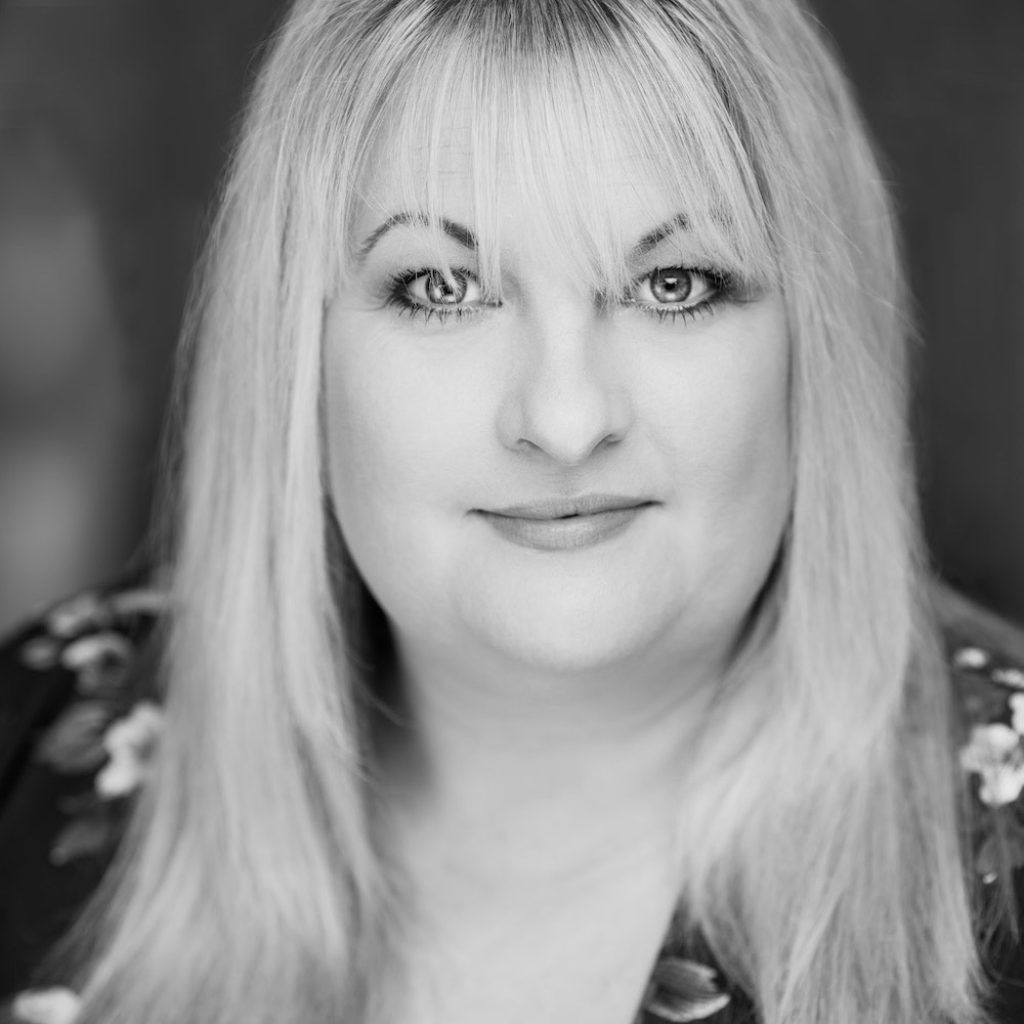
It’s undebatable that Covid-19 changed some aspects of life forever. An unlikely hangover, however — rather than vanishing once they were no longer necessary — is that remote exams have remained, even increasing in popularity! From an environmental perspective, the examiner does not need to travel, thus reducing their carbon footprint, at the same time as relieving examination boards of travel and hotel costs.
Jodie Clark, a dance adjudicator, examiner and educator, says, “The accessibility of remote exams is excellent, especially with the financial constraints of having a face-to-face exam session which requires a lot of entries. From an examiner’s point of view, you can spend half a day at home examining, not having to travel, which is good. But it can be very difficult to get the energy, emotional connection and artistic interpretation of the dancer to translate through the screen. The dancers and examiners are also reliant on the teacher having good quality equipment. There is no control over the quality of the video that you are sent to examine, and it can be problematic if it goes blurry, the dancer moves out of shot, or there is background noise.”
Liz Hewson Winning is an accomplished ballet pianist and has played for many remote exams over the last few years. “Providing the technology works, it’s plain-sailing! I have been in exams when things have gone a bit awry in that respect, but not often thankfully,” she shares.
A teacher based in South Africa enjoys the freedom of choosing her exam dates when her students are ready. Costs are slightly less and there are no hassles with transporting examiners, dietary requirements, etc. “It’s pretty simple once you know the procedures,” she says. “For RAD (Royal Academy of Dance) exams, we move the camera during the exam. First, a 360 view all around the studio, then facing the barre, then dead centre for the rest of the exam. Dancers feel less pressured and we can get our secondary school dancers finished before they start with their academic exams. Students also found it hard to understand examiners’ accents in the past, too! Our results have always been fair online – no complaints from us!”

The National Association of Teachers of Dancing (NATD) offers various formats worldwide for taking dance exams across a range of genres. Live face-to-face exams with the examiner onsite, live but with the examiner on Zoom, plus pre-recorded video exams which are used for situations such as when a student is away. Recorded videos are sent to the Examiner to examine in their own time or presented on the day of live exams to be marked as part of the timetable.
Louise Tan has also used remote exams as a teacher, out of necessity. “During Covid, we had to do DDE (Diploma in Dance Education) ISTD Tap exams via livestream, and I really felt it was an experience not worth the money. After all the hard work they had put in, the sound quality with tap online is not great, sometimes not even synced and I did wonder how it could be marked with any quality. From a teacher’s perspective, it’s a lot of time-consuming extra work. Setting up the studio, figuring out camera angles, understanding the technical aspects regarding filming and uploading afterwards. With the ISTD, you have to conduct the exam yourself, and for the RAD, you have to pay another teacher to do so. It all means extra costs for students, and it’s weird for them to do an exam in front of their teacher! Some may feel more relaxed, but others perform better for strangers. Personally, I feel it’s an inferior service for the same cost. Quality of movement, artistry, the atmosphere a dancer creates — none of this transports through a screen. Nothing beats being in the studio, engaging with and responding to each other.”
Lee Clark, on behalf of the board of directors of the Associated Board of Dance (ABD), says, “ABD maintain that face-to-face examinations are the gold standard. However, we realise that remote examinations have a place, if for example a candidate misses the examination through unforeseen circumstances. We encourage our teachers abroad to work together so we can send an examiner to a number of schools at the same time. We feel that professional teaching examinations really do need to be in-person and it would only be in the most exceptional of circumstances that we would consider these to be taken remotely. As part of the Graded Qualifications Alliance (GQAL), our views align with their ethos on offering remote examinations.”
Alisa Murray Walsh, of Monument Dance Centre in Stirling, Scotland, has mixed views. “We love that they can be done at any time of the year; however, we do find that students seem to be judged more harshly via filmed exams. We are unsure what the solution would be, but we have found results to be lower than in-person exams. Particularly marks awarded for performance elements are lower than those taken in-person.”
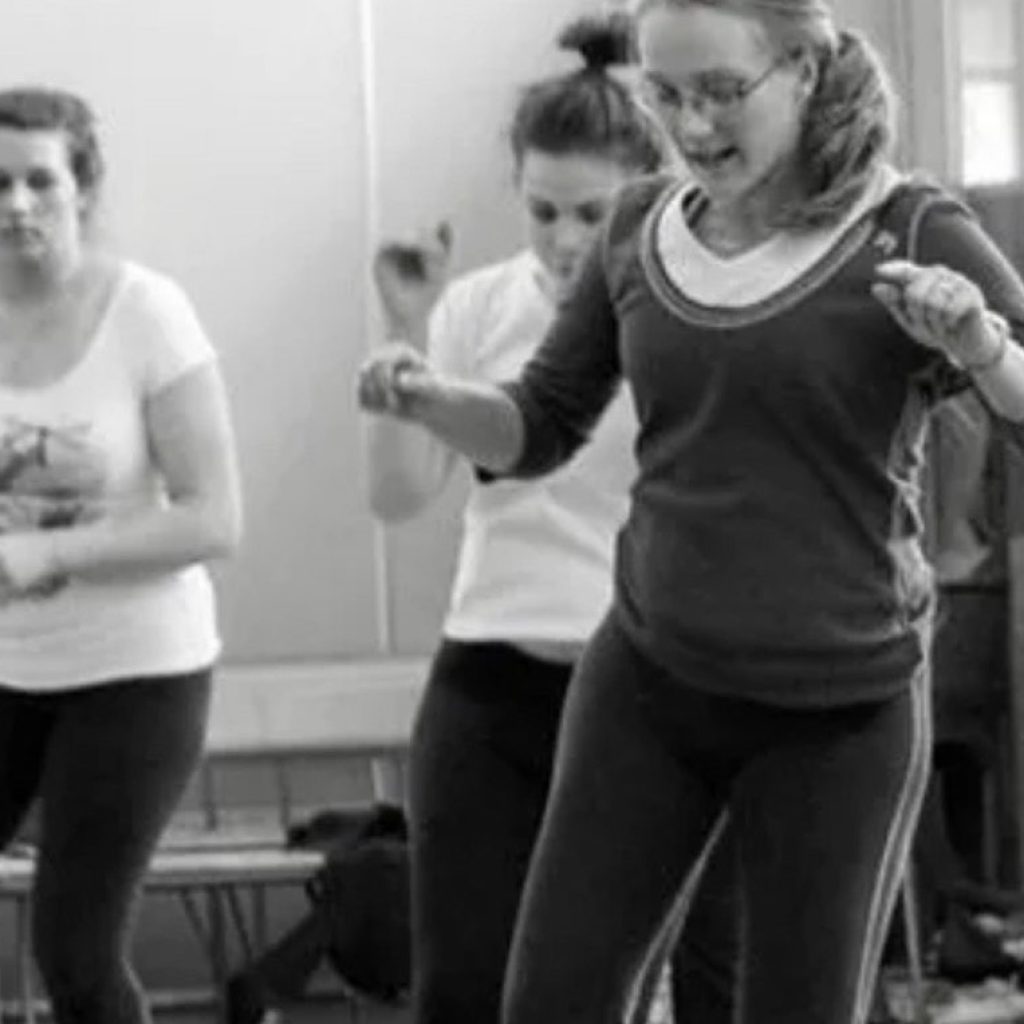
She adds, “We’ve been using a digital camera to film and this seemed to be working well, but after our last set, the examiner said the footage was blurred and jumpy in places. We watched the recording back and found no evidence of that, so can only assume it must be to do with the system used to upload the exam footage. We were advised to use an iPhone, but that brings its own issues of storage!”
Victoria Bremner, director at VBDance, has run several remote exam sessions. She feels that if parent’s and student’s expectations are managed well, then the remote experience can be a positive one.
“As a school, we tend to offer remote exams as an option; dancers can wait for the next in-person exams if they wish to,” Bremner says. “I do feel that communicating performance and artistry over the camera can be challenging. Other considerations are the additional pressure it can place on the teacher from both a technological perspective as well as conducting the exams. Whilst some may enjoy the challenges this brings, others may not, and as a dance school principal myself, I am very sensitive to that as it is a huge responsibility conducting a remote exam.”
Varied views, as there should be, with some common themes. Are we doing the right thing continuing to allow the remote exam world to flourish, or are we not? Technology is an integral part of our daily lives both consciously and subconsciously, and its involvement is escalating with gathering momentum.
It is our responsibility, therefore, as educators, as those with some authority over how we use technology, to choose wisely and informatively with dancers’ best interests at the root of our decisions.
May we continue to do what we love, to the very best of our abilities!
By Louise Ryrie of Dance Informa.


